We all take things for granted. Being able to easily walk around, comfortably play sports with our children, and enjoy the outdoors are things we don’t often think about. However, for patients diagnosed with Muscular Dystrophy, these are all luxuries.
Muscular Dystrophy is a blanket term for a variety of neuro-muscular and intrinsic muscle conditions that cause weakness and decreased muscle mass. And while there are variations, most diagnoses of Muscular Dystrophy significantly hamper a person’s ability to function normally.
The condition is caused by mutations in specific genes related to the body’s capacity to properly synthesize proteins. This impedes the formation of healthy muscle tissue, and healthy muscle tissue is critical to living an active lifestyle.
Treating Muscular Dystrophy with Cellular Therapy
Currently, there is no fully-developed cure for Muscular Dystrophy. However, scientists are making strides in slowing the progression of the disease and improving the quality of life for patients thanks to Stem Cells treatments.
Top clinics in Asia are now treating Muscular Dystrophy with an integrative treatment regimen that includes Stem Cells, and the results are promising with the most important being the ability to increase and retain muscle mass and strength.
Numerous studies conducted by large medical institutions support the potential of Stem Cells in combating the degeneration of muscle tissue. Patients undergoing treatment in clinics like Verita Neuro Verita Neuro have experienced fantastic results.
UAM’s next-generation stem-cell treatment regimens improve muscle mass and strength and have also led to improvements in motor function, better balance and coordination, and a noticeable slowing in the progression of the disease.
Combining Treatments
The decrease in Muscular Dystrophy symptoms experienced by patients here at UAM’s facility in Bangkok, Thailand, are made possible through our expertise in HUCPVC umbilical cord cells and human Amniotic Fluid Stem cells. And what makes us so successful in treating Muscular Dystrophy with stem cells is because we combine them with an array of support treatments.
Physiotherapy – Intensive physical therapy is currently among the methods employed by conventional medicine to manage Muscular Dystrophy. It helps patients slow the progression of muscle degeneration, and when combined with the regenerative effects of Stem Cells, physiotherapy helps patients retain and even regain strength.
Occupational Therapy – Among the challenges faced by patients with Muscular Dystrophy is the loss of fine motor skills and muscle control. This can lead to significant challenges in the workplace, but with occupational therapy, patients with Muscular Dystrophy can take back some control of their movements.
IV Vitamins – In addition to the bodily activity that patients undergo with physical and occupational therapy, proper nutrition is also an area of focus. It helps create the optimal conditions for the body to repair muscle tissue and to combat the degenerative effects of Muscular Dystrophy. The infusion of vitamins intravenously plays a big role in treating the symptoms of the disease.
A Muscular Dystrophy diagnosis is stressful, whether it’s you or your loved one receiving it. Still, it’s important to remember that there are options available, and UAM is one of the leaders in progressive stem-cell treatments for Muscular Dystrophy. Should you have any questions or want to set up an appointment, feel free to send us a message and a representative will get in touch with you.

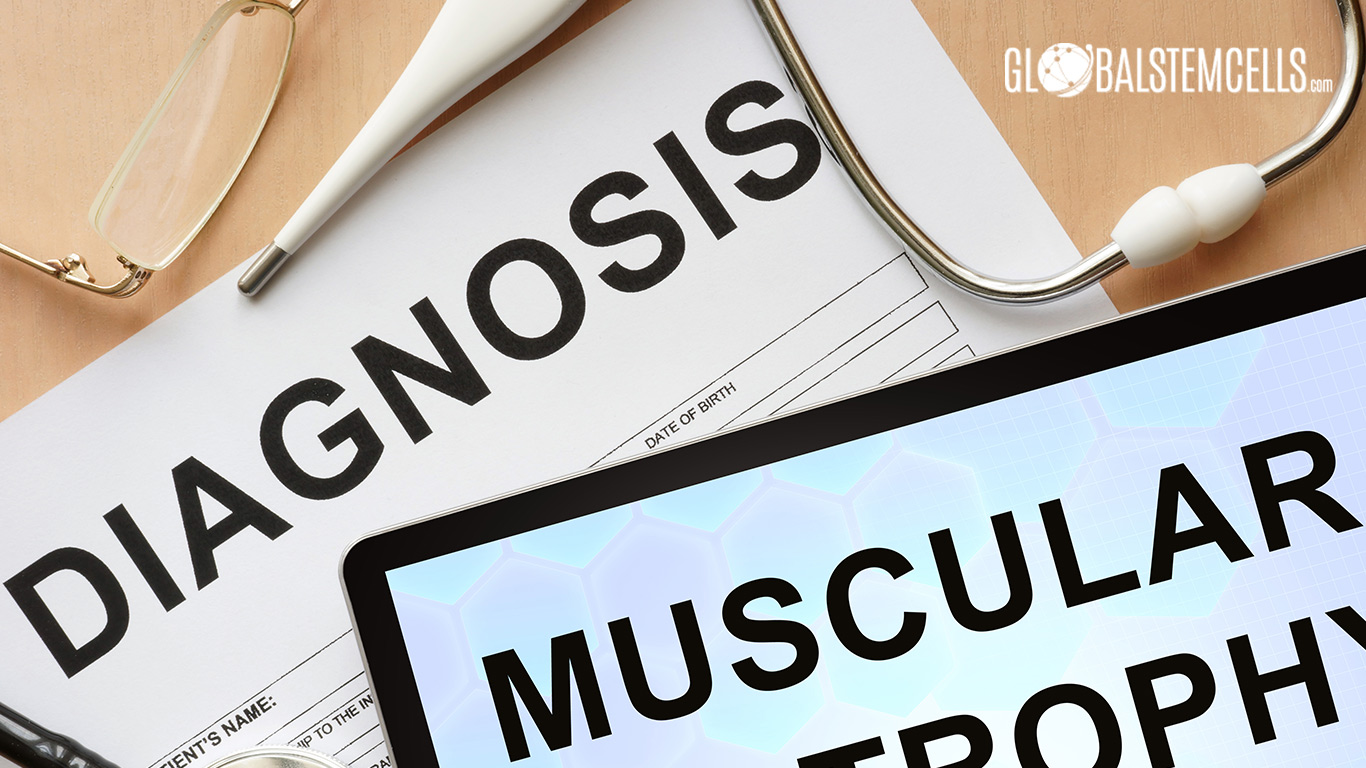

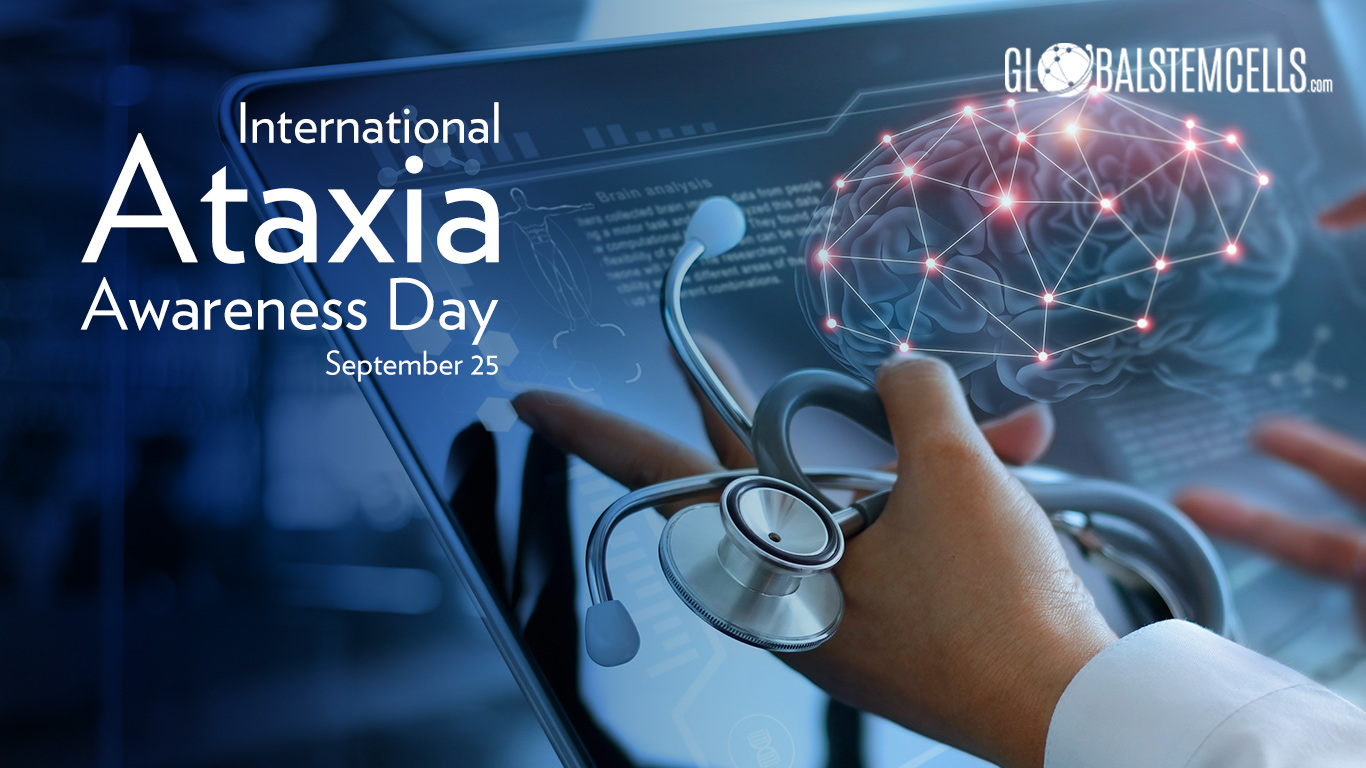
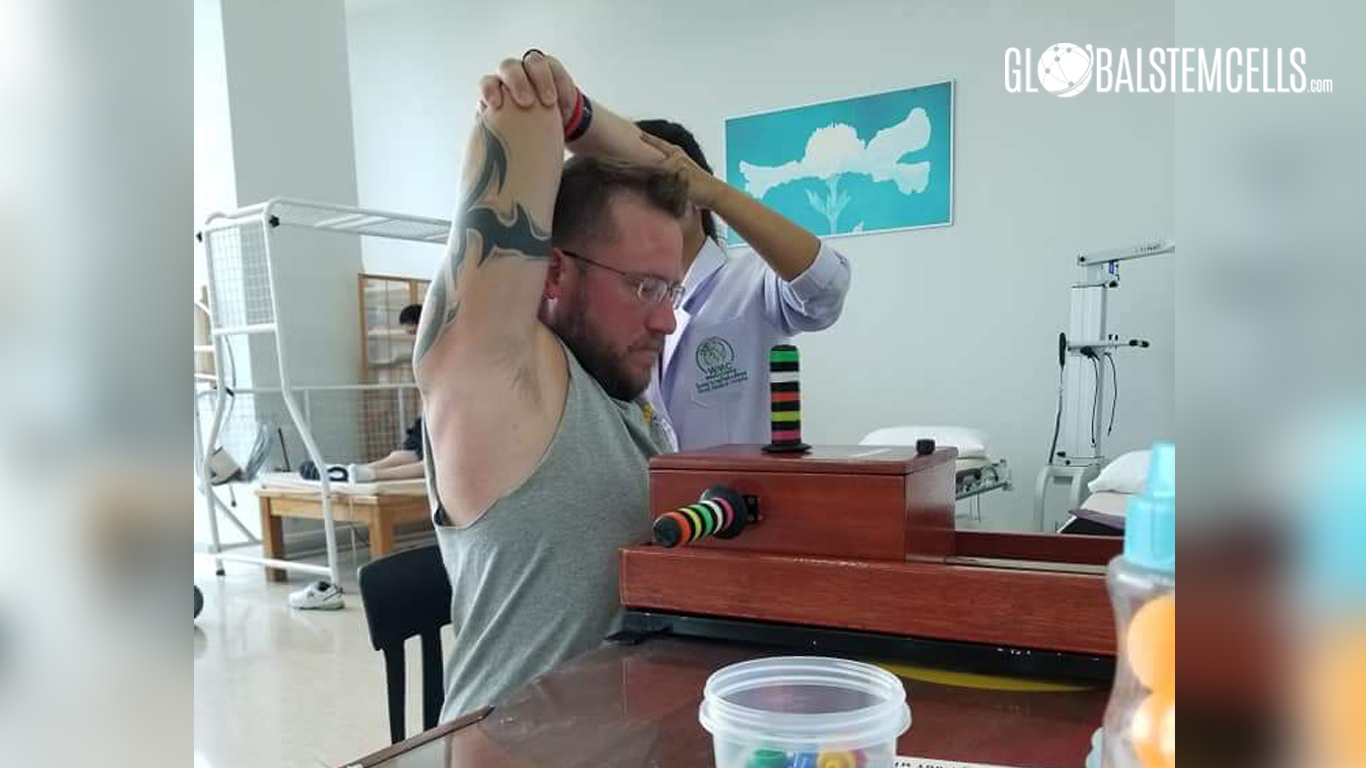
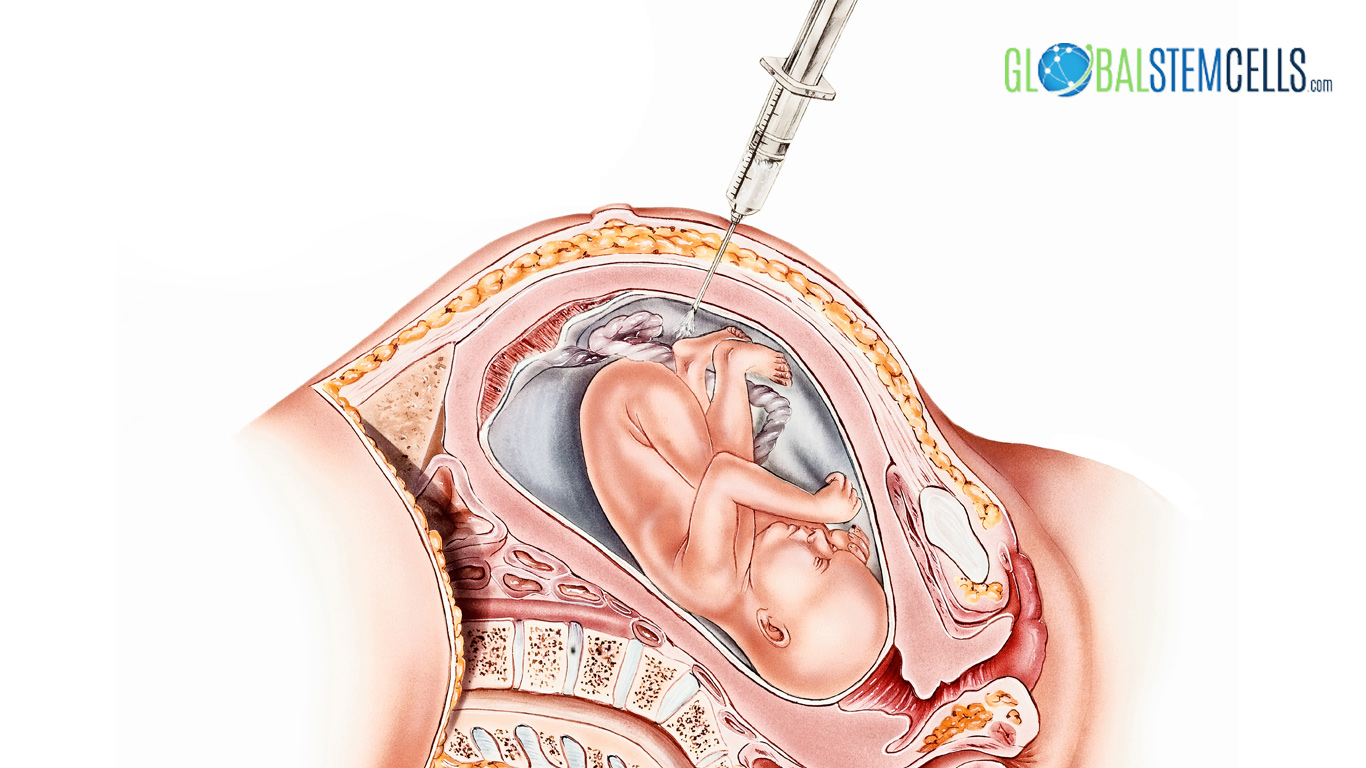
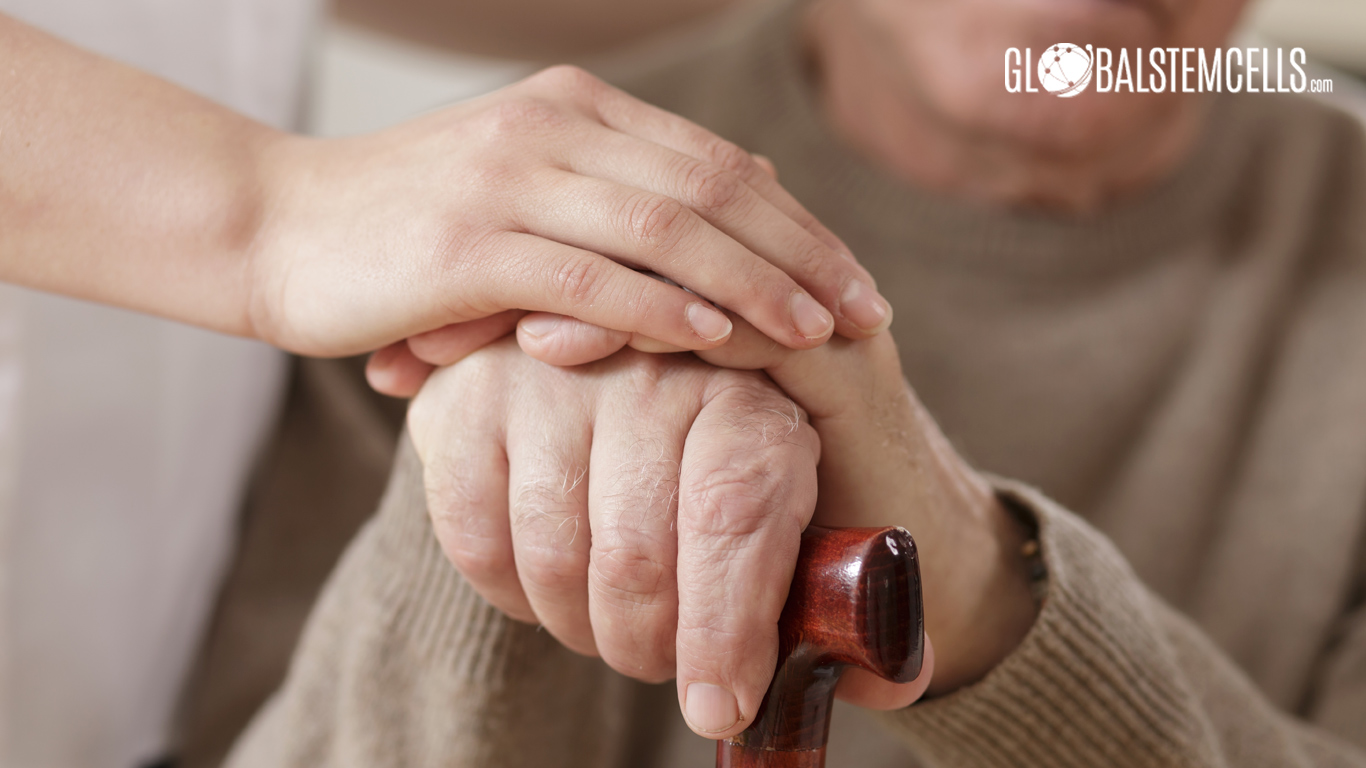
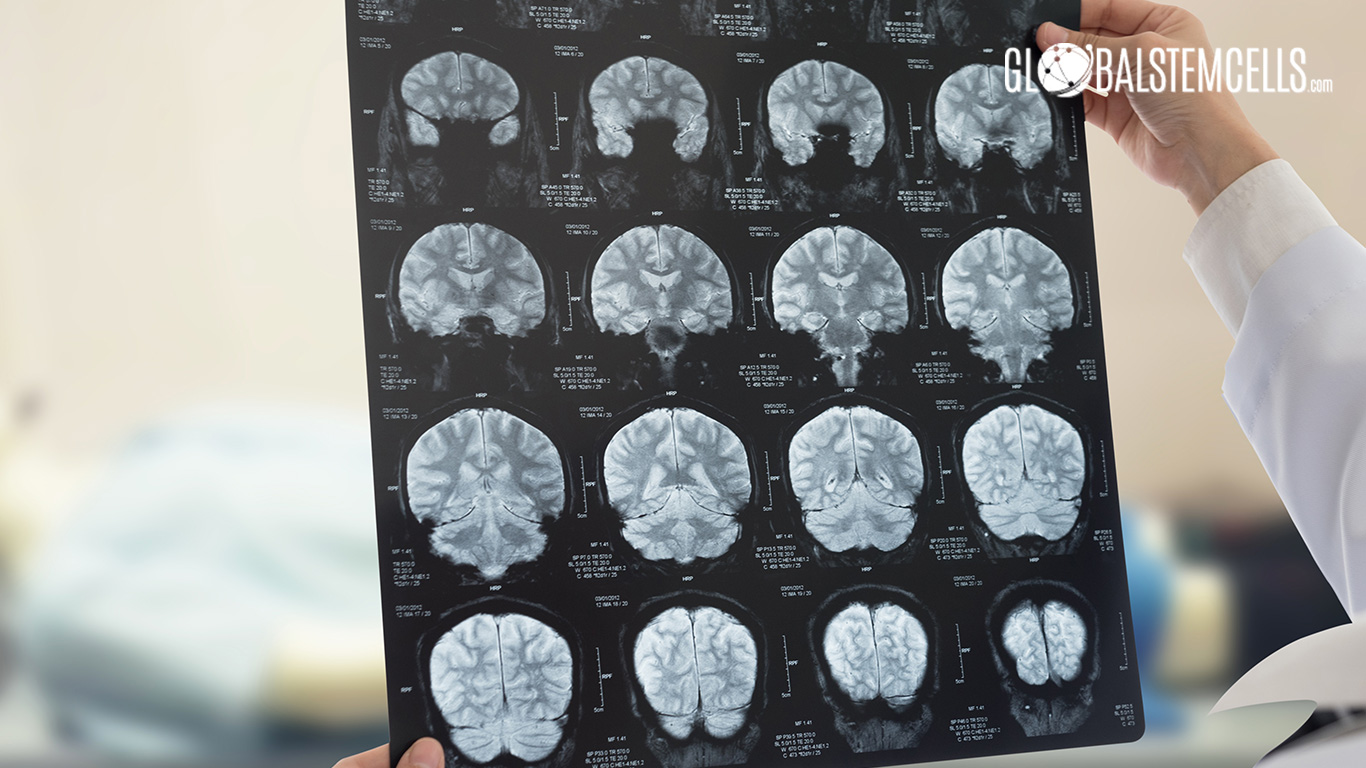
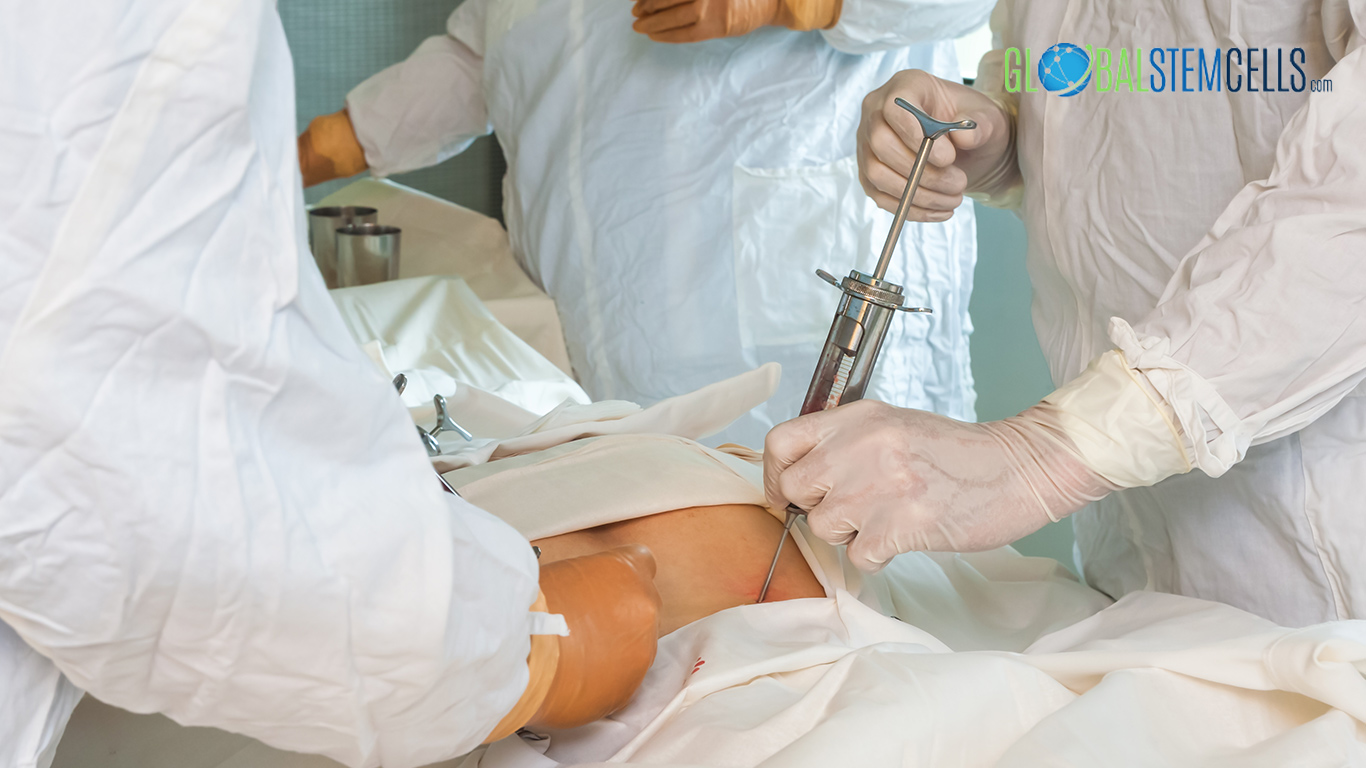
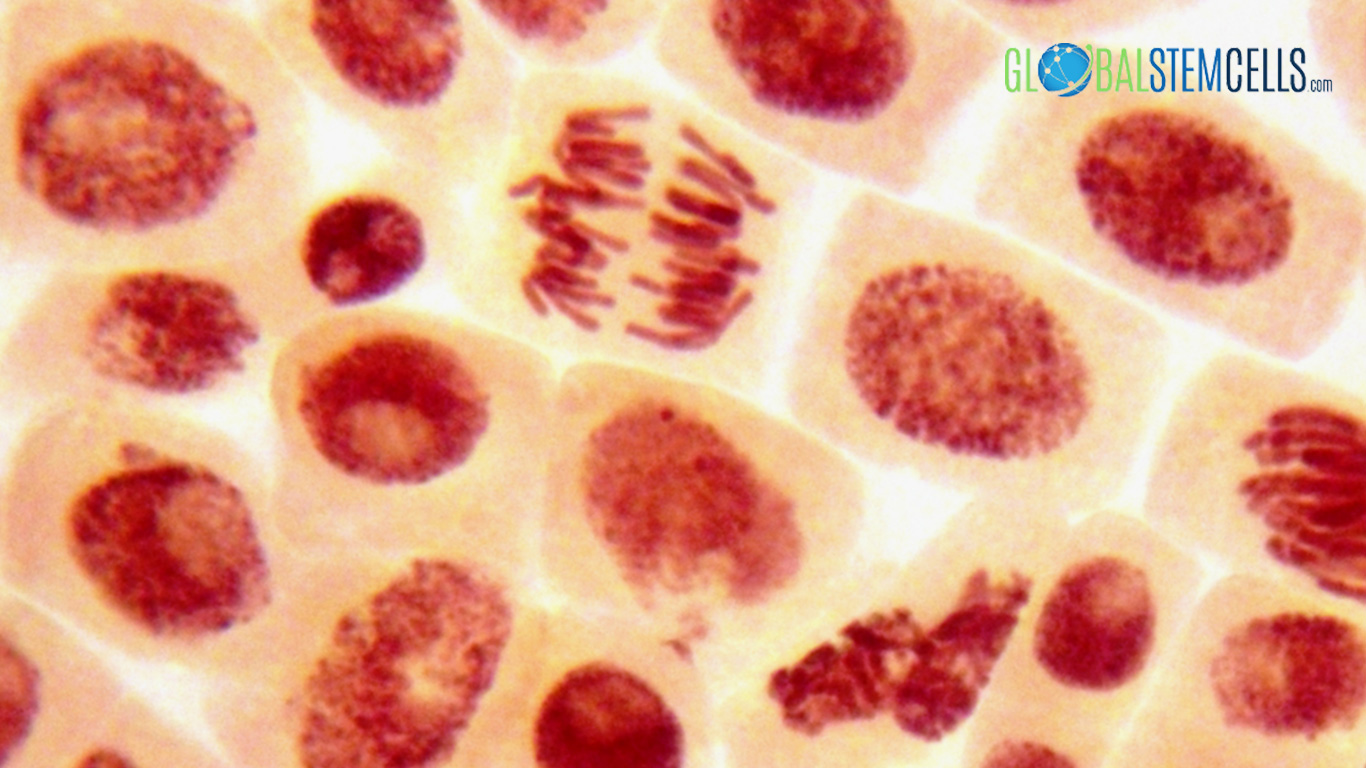
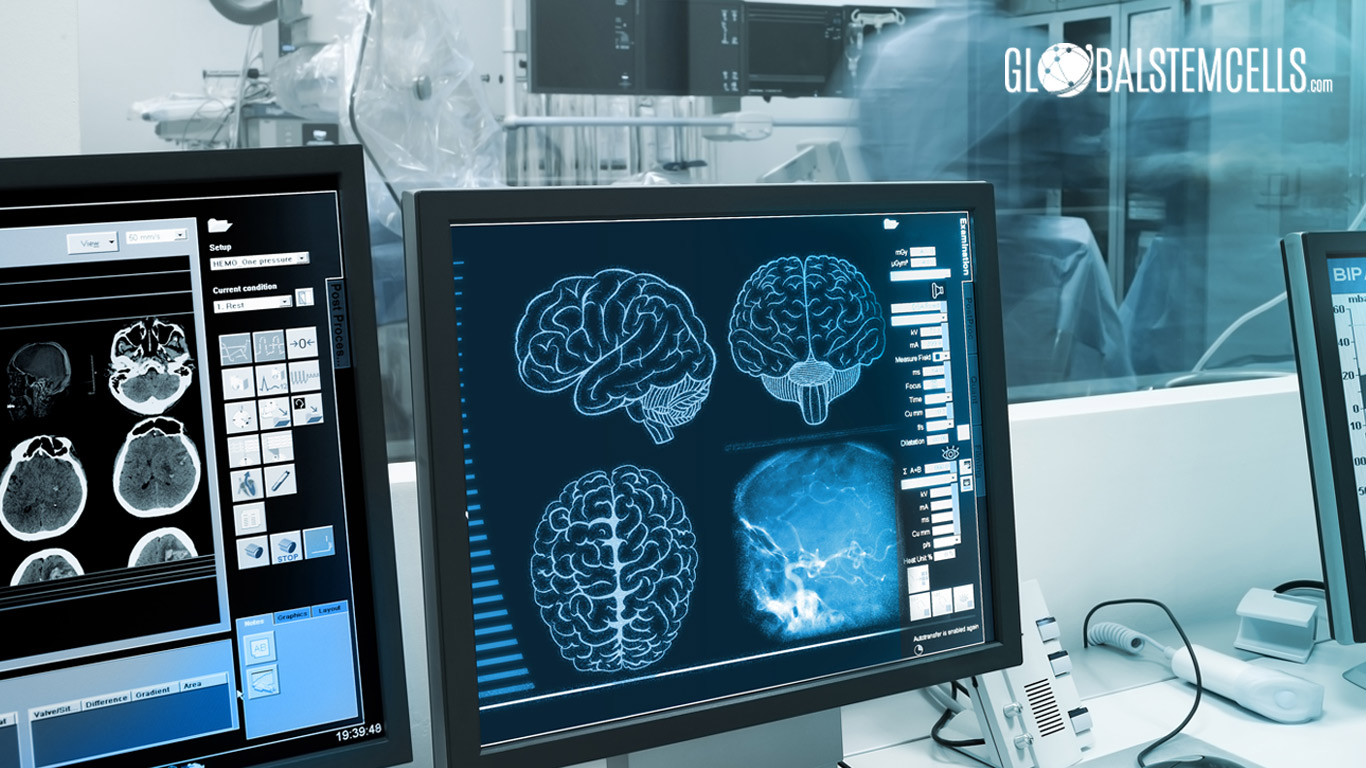
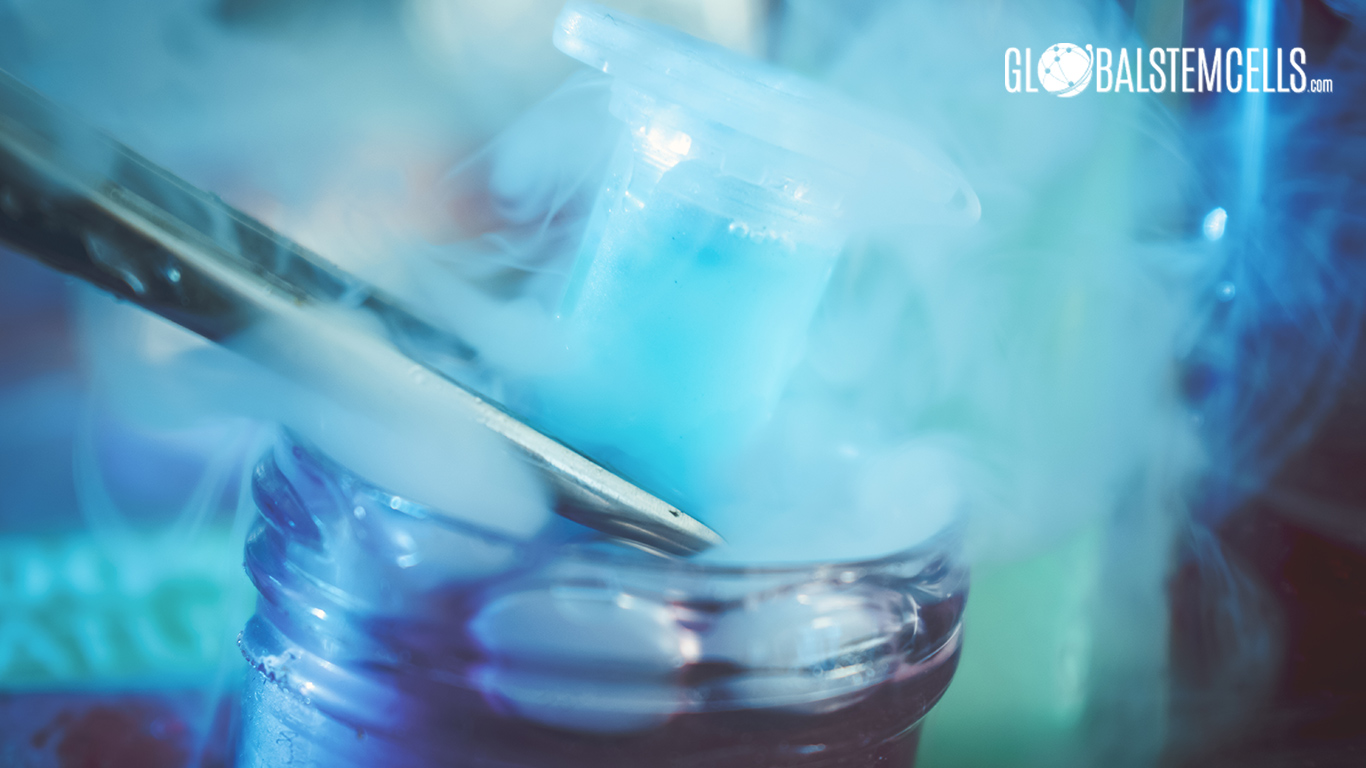

 English
English